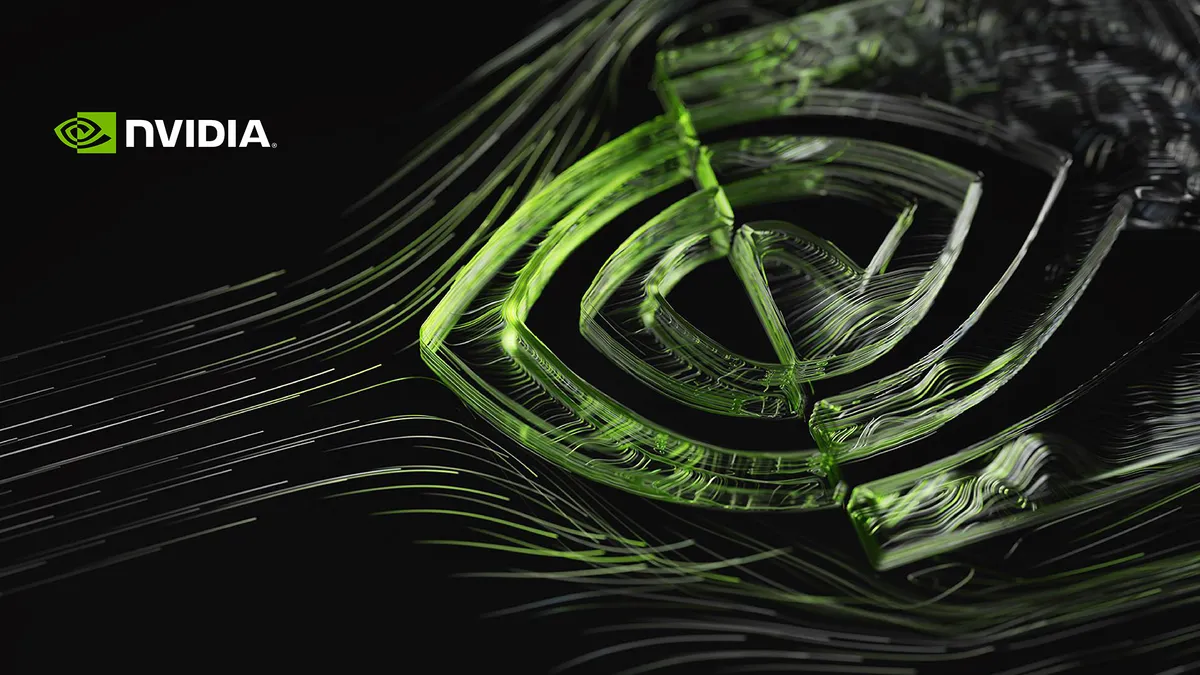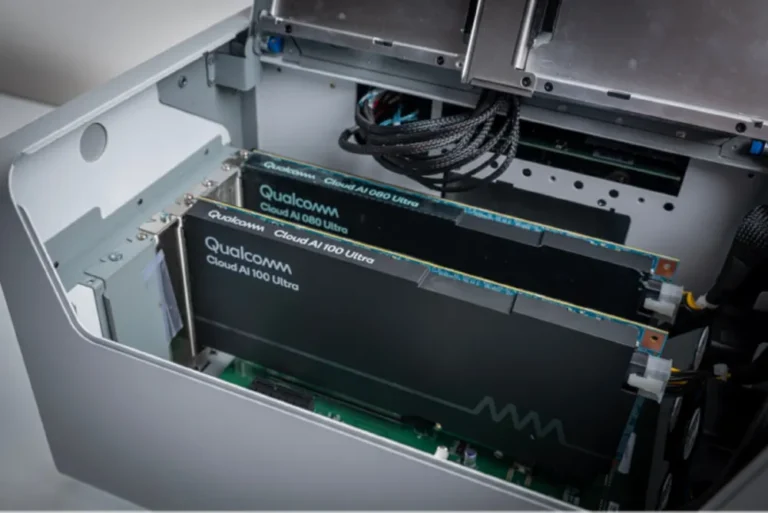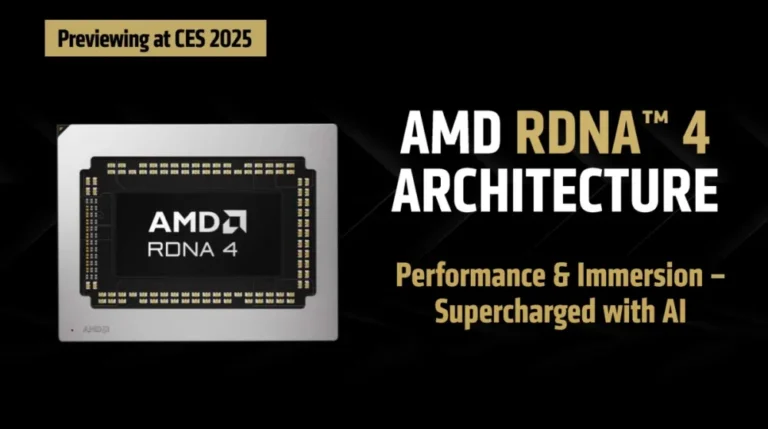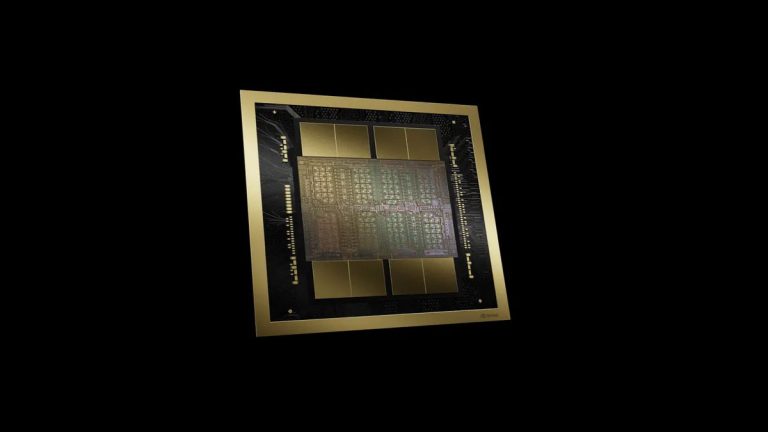
The latest rumors suggest that NVIDIA will not release a new generation of gaming graphics cards this year. The GeForce RTX 50 series, based on the Blackwell architecture, is expected to debut at CES 2025 in January. As with the previous GeForce RTX 30/40 series, the initial focus will be on high-end models, with the GeForce RTX 5080 and 5090 anticipated to be the first to appear.
According to TomsHardware, NVIDIA is preparing a “Titan AI” graphics card based on the Blackwell architecture, which promises unparalleled performance, rumored to be 63% faster than the GeForce RTX 4090 and 15% faster than the GeForce RTX 5090. However, there remains a potential issue: similar to the Ada Lovelace-based GeForce RTX 4090 Ti/Titan, NVIDIA might develop the “Titan AI” card but ultimately decide against releasing a retail version.
At least one card in the GeForce RTX 50 series will feature the GB202 chip, likely the GeForce RTX 5090. The “Titan AI” is also expected to use the same chip but will activate more CUDA cores, paired with 32GB of GDDR7 memory, and a 512-bit memory bus.
NVIDIA’s first Titan card was released in early 2013, followed by the Titan Z in 2014, both positioned as high-end gaming graphics cards. During the Pascal and Volta architecture eras, with the Titan X, Titan Xp, and Titan V, the focus shifted towards consumer productivity solutions, compatible with professional Nvidia Studio drivers and without AI and HPC performance limitations. Under the Ampere architecture, NVIDIA only offered the GeForce RTX 3090 Ti, and with the Ada Lovelace architecture, only the GeForce RTX 4090, possibly due to export controls, AMD’s lack of competitive products, power consumption, and thermal constraints, leading to no new Titan graphics cards being released.
If a “Titan AI” card does materialize, it is likely to come with a record-breaking price tag.


